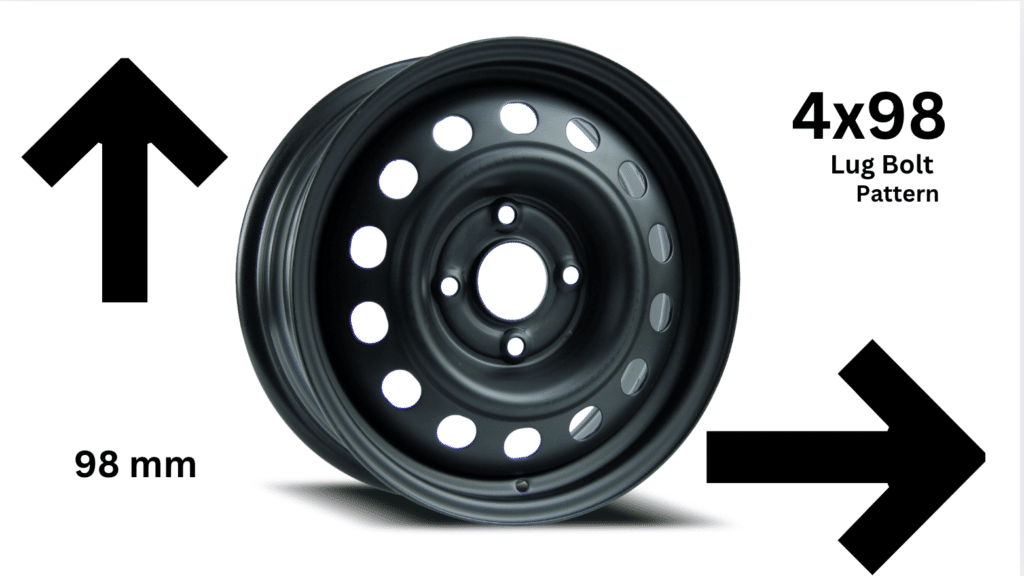The 4×98 bolt pattern is crucial in automotive wheel design, particularly in European vehicles.
This configuration, featuring four lug holes arranged in a 98mm diameter circle, has been a cornerstone of Italian automotive engineering, prominently featured in classic Alfa Romeo, Fiat, and Lancia models.
If you’re a classic car enthusiast, a mechanic, or simply looking to upgrade your vehicle’s wheels, understanding this bolt pattern is essential for proper wheel fitment and vehicle safety.
In this comprehensive guide, we’ll explore everything you need to know about the 4×98 bolt pattern – from its historical significance in European automotive design to practical considerations for wheel selection and installation.
Understanding the 4×98 Bolt Pattern
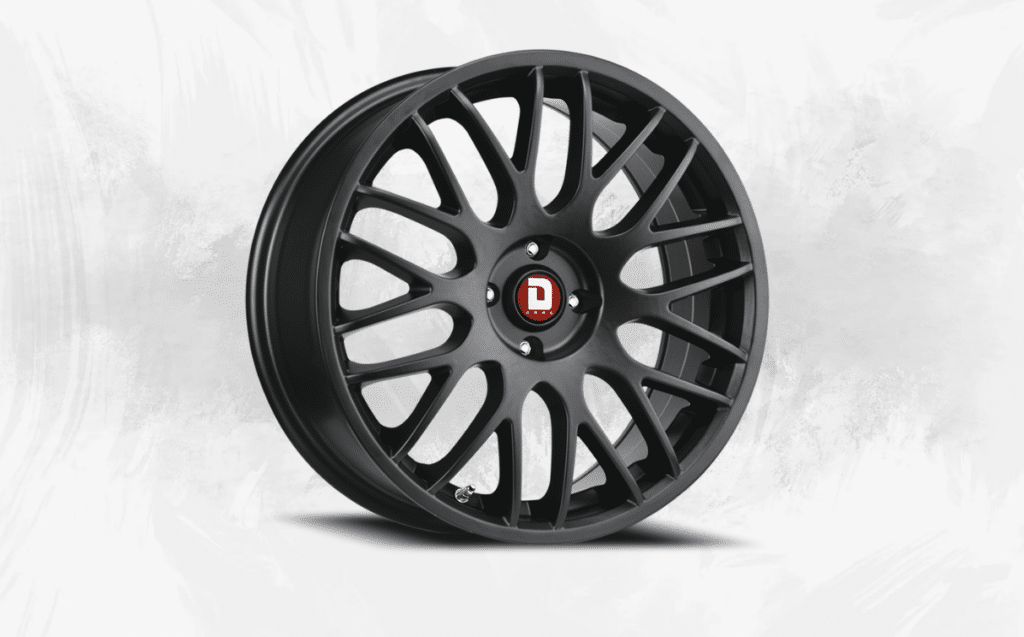
The 4×98 bolt pattern represents a specific wheel mounting configuration where “4” indicates the number of lug holes, and “98” represents the diameter in millimeters of the imaginary circle formed by the centers of these holes.
This pattern, also known as Pitch Circle Diameter (PCD), is crucial for proper wheel fitment. When measuring this pattern, you’ll need to measure from the center of one bolt hole to the center of the hole directly across from it.
The pattern is complemented by other important specifications like the center bore, which centers the wheel on the hub, and the offset, which determines how the wheel sits concerning the vehicle’s suspension components.
Understanding these measurements is essential for ensuring proper wheel installation and vehicle safety.
Evolution of 4×98 Bolt Pattern Design
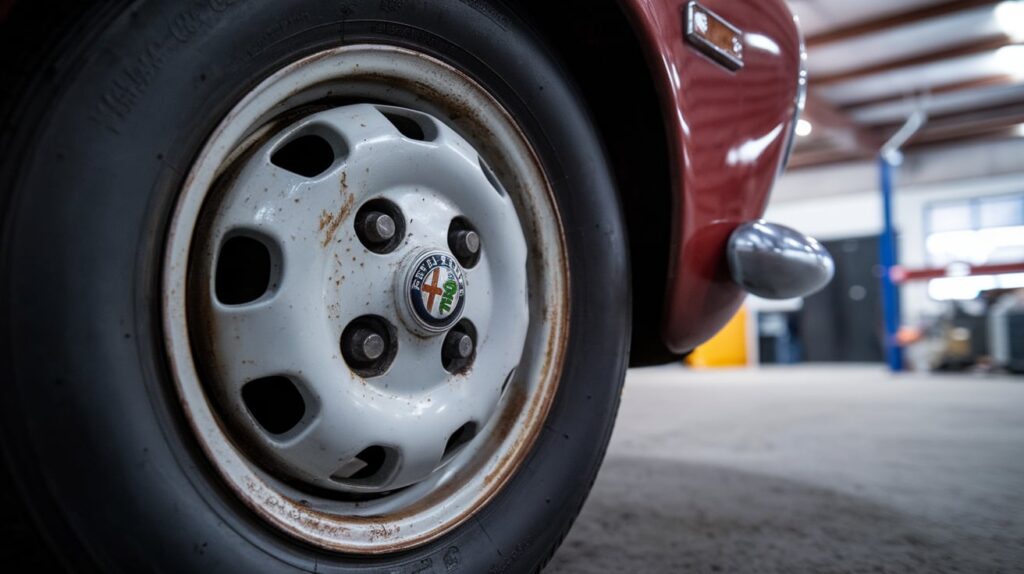
The 4×98 bolt pattern has been predominantly associated with specific manufacturers, notably ALFA ROMEO and YUGO vehicles.
This pattern emerged as a European standard, particularly in Italian automotive design, where it became a signature specification for various Alfa Romeo models, including the 145, 146, 155, and Alfetta series.
The pattern’s evolution reflects the European approach to wheel mounting systems, which often differ from American and Asian standards.
Over time, the design has maintained relevance in specific market segments, though it’s less common than patterns like 4×100 or 5×114.3.
The consistency of this pattern across certain manufacturers has created a specialized aftermarket wheel market catering to enthusiasts and restorers of these specific vehicles.
4×98 Bolt Pattern Compatibility
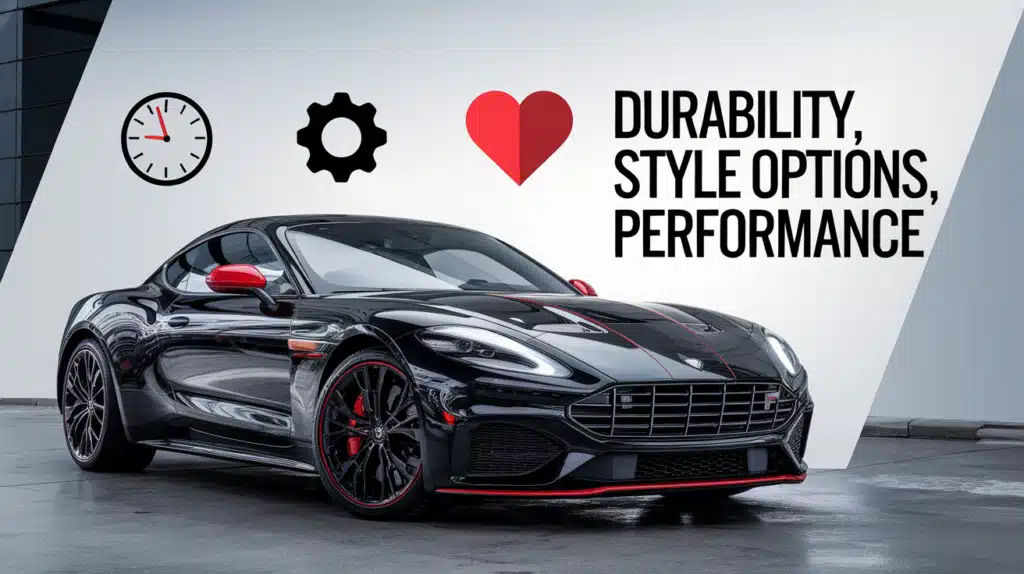
Compatibility with the 4×98 bolt pattern depends on several critical factors that must be considered for proper fitment.
The stud size typically used is 12 x 1.25mm, and proper torque specifications range from 75 to 85 lb-ft with a minimum of 7 turns for secure mounting.
When selecting wheels, considerations must include not only the bolt pattern but also the hub center bore, which may require hub rings for proper centering, and wheel offset, which affects how the wheel sits about the suspension components.
Various wheel sizes are compatible with this pattern, ranging from 13×4.5 inches (as seen in Yugo models) to larger sizes like 15×6 inches (common in Alfa Romeo applications).
Proper measurement tools, including bolt pattern gauges, are essential for verifying compatibility.
Choosing 4×98 Bolt Pattern Wheels
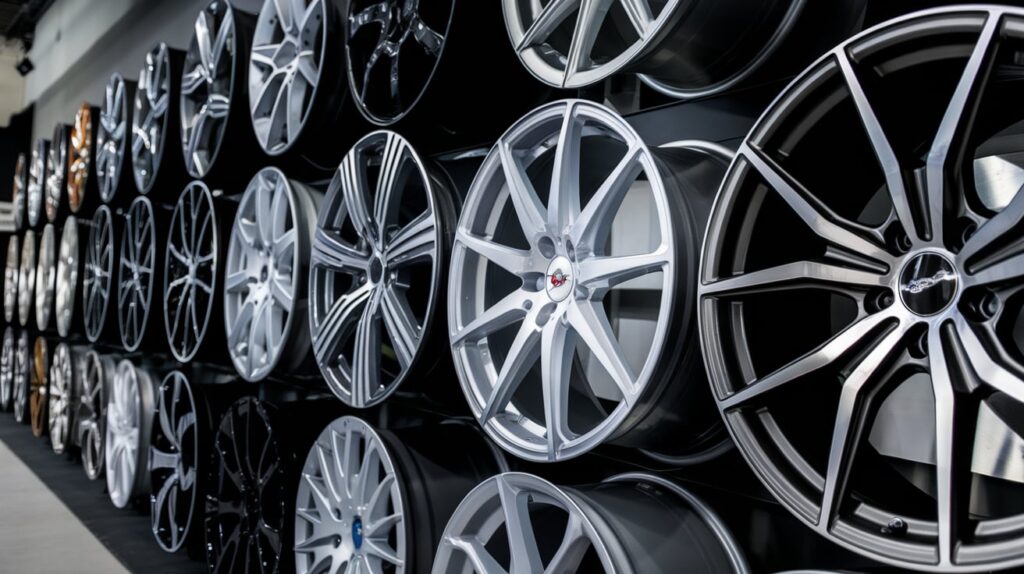
When selecting wheels with a 4×98 bolt pattern, material choice plays a crucial role in both performance and longevity.
Alloy wheels are popular for their lightweight properties and improved heat dissipation compared to steel alternatives.
The selection process should consider wheel width and diameter options, which typically range from 13 to 18 inches for this bolt pattern.
Aesthetic choices include various finishes such as asphalt black, rally white, metallic carbon, and bronze finishes, as seen in popular brands like fifteen52 and Konig.
Performance considerations should include the wheel’s weight impact on handling and acceleration, plus the aerodynamic properties of different designs.
The chosen wheel must also complement the vehicle’s brake clearance and suspension setup.
Installing 4×98 Bolt Pattern Wheels
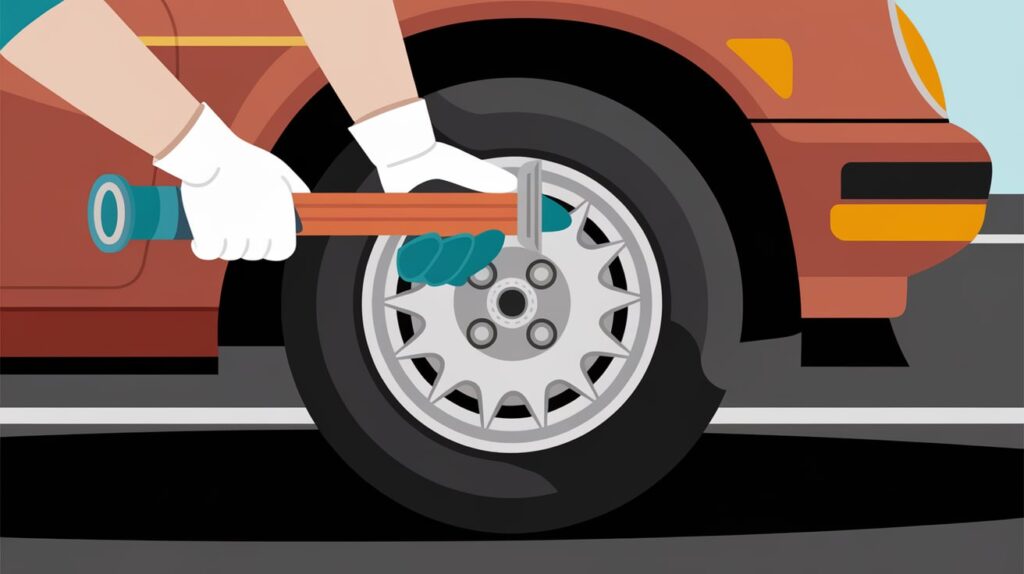
Installation of 4×98 wheels requires careful attention to proper torque sequence and specifications. The recommended torque sequence for 4–lug patterns is 1, 3, 2, 4, creating a cross pattern that ensures even pressure distribution.
Essential tools include a torque wrench calibrated for 75-85 lb-ft specifications, proper socket sizes for 12×1.25mm studs, and potentially hub rings if required for proper centering.
The installation process should include cleaning the hub surface, checking for damaged studs or threads, and ensuring the wheel sits flush against the hub face.
It’s crucial to re-torque the wheels after approximately 60 to 90 miles of driving to maintain proper mounting pressure.
Common Mistakes to Avoid
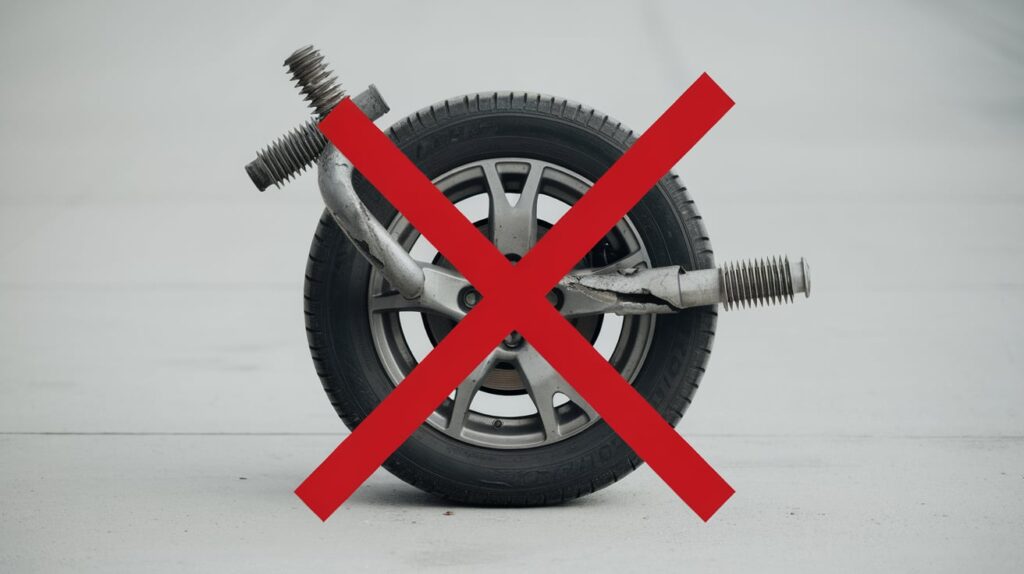
Common mistakes in 4×98 wheel installation can lead to serious safety issues and poor vehicle performance.
One critical error is incorrect torque application – either over-torquing, which can stretch or damage studs, or under-torquing, which can lead to wheel loosening.
Using a calibrated torque wrench is essential, avoiding the common mistake of relying on impact guns or “feel.” Another frequent oversight is failing to check the hub center bore compatibility, which can cause vibration issues even with properly balanced wheels.
Using incorrect spacers or adapters can alter the wheel’s effective offset and stress suspension components.
Always verify that any modification components are specifically designed for the 4×98 pattern and your vehicle’s specifications.
Uses of The 4×98 Bolt Pattern in Different Vehicles
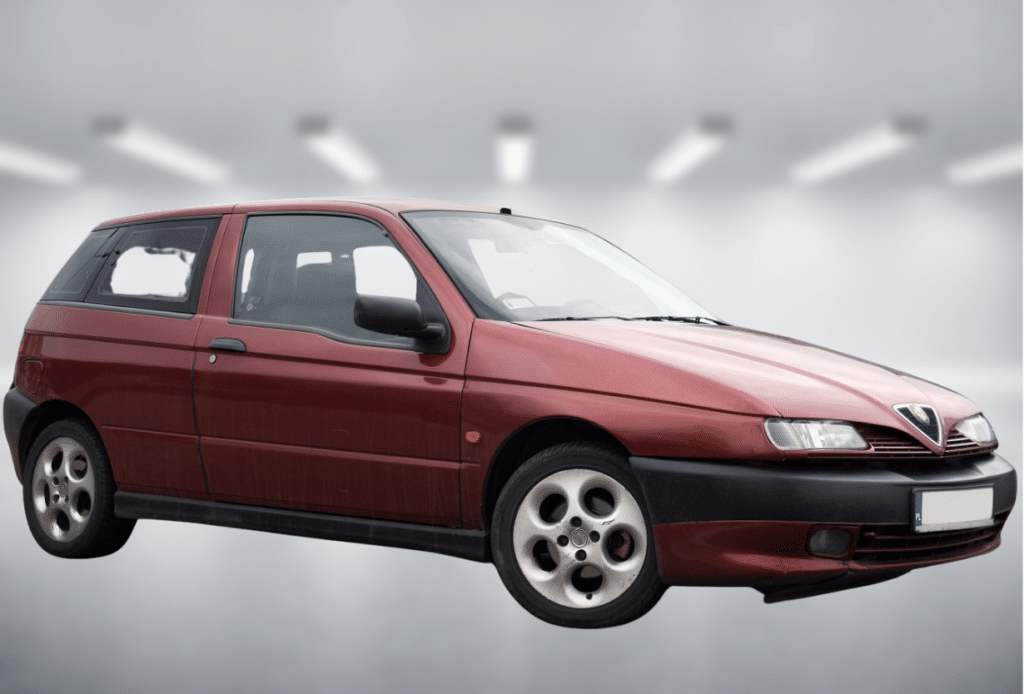
The 4×98 bolt pattern is primarily applied in European vehicles, particularly in Italian automotive design.
This pattern is commonly seen in compact cars and small sedans, with notable usage in Alfa Romeo’s lineup, including models like the 145, 146, and 155 series.
In Eastern European manufacturing, Yugo adopted this pattern for their compact cars, including the GV series produced from 1986–91.
The pattern’s popularity in these vehicle categories stems from its suitable balance of strength and weight for smaller vehicles.
While not as widespread as some other patterns, it has become particularly associated with certain European manufacturers who value its compact design and compatibility with their engineering philosophies.
Benefits of 4×98 Bolt Pattern Wheels
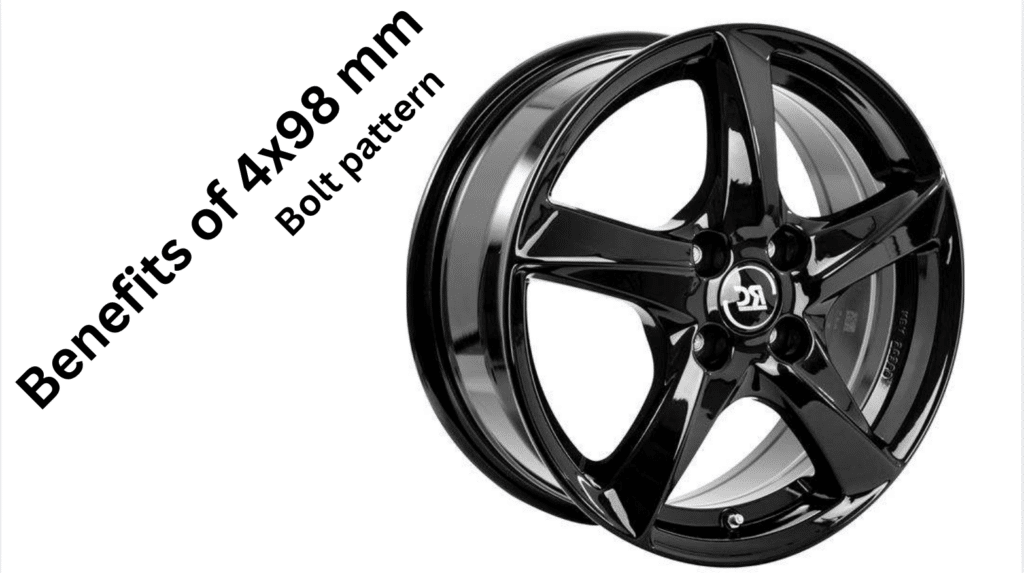
The 4×98 wheel configuration offers several advantages, particularly for compact to mid-sized vehicles. This pattern provides excellent stability when properly torqued to specifications (75–85 lb-ft), making it reliable for daily driving.
The market offers diverse aesthetic options, from fifteen52’s sporty designs to Konig’s performance-oriented wheels, with sizes ranging from 13×4.5 to 18×8.5 inches.
Modern manufacturers like Method Wheels, Enkei, and Mishimoto provide various finishes, including asphalt black, rally white, and metallic carbon, giving owners extensive customization options.
The pattern’s consistent use in specific vehicle brands has encouraged aftermarket manufacturers to develop diverse wheel options, ensuring good availability of replacement and upgrade options.
Vehicles With the 4×98 Bolt Pattern
The 4×98 bolt pattern has been a significant standard in European automotive manufacturing, particularly among Italian carmakers.
This pattern, featuring four bolt holes arranged in a 98mm diameter circle, became popular during the golden age of Italian automotive design from the 1950s through the 1990s.
1. Fiat 500 (1957-1975)
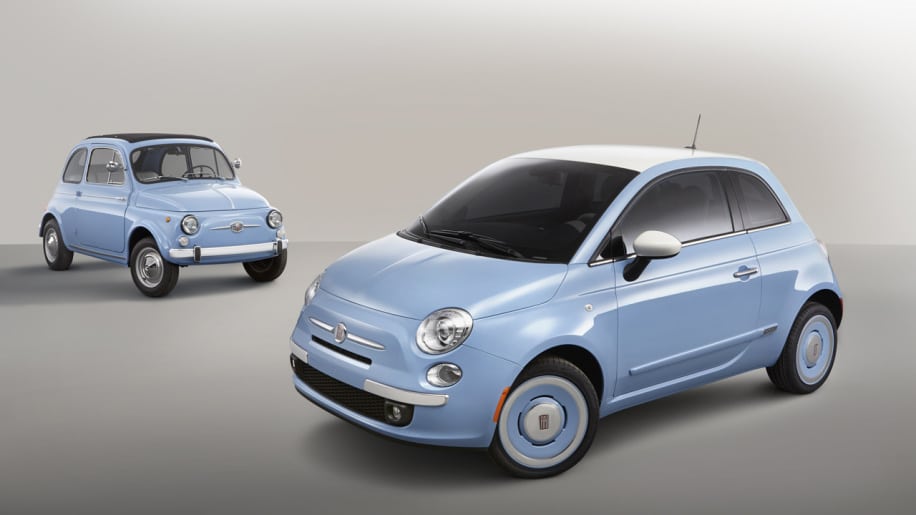
- Revolutionary city car design utilizing a 4×98 bolt pattern for compact wheel fitment
- Original steel wheels sized at 12 inches, though later models accepted up to 13-inch options
- The pattern chosen for optimal weight distribution in rear-engine configuration
- Standardized across multiple Fiat models to reduce manufacturing costs
- Influenced many subsequent Italian compact car designs
2. Lancia Delta (First Generation)
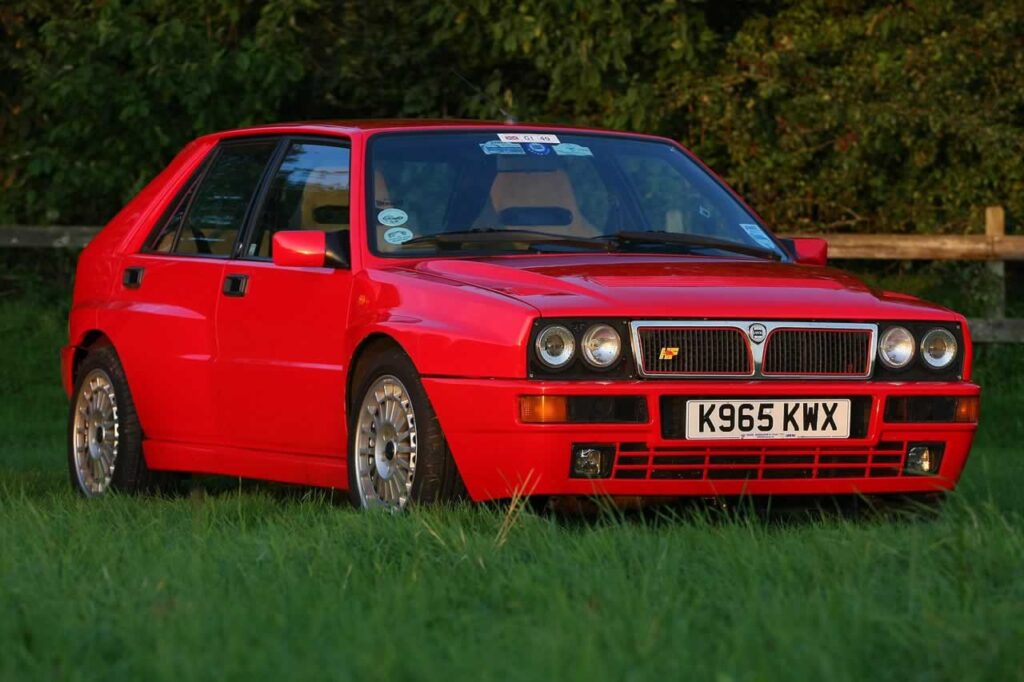
- Premium compact car featuring a 4×98 pattern for performance-oriented wheel options
- Factory offerings included both 14-inch and 15-inch wheel configurations
- Pattern selected for optimal handling characteristics in front-wheel-drive layout
- Enhanced compatibility with period motorsport wheel options
- Designed to accommodate larger brake packages while maintaining proper wheel clearance
3. Alfa Romeo GTV (1974-1987)
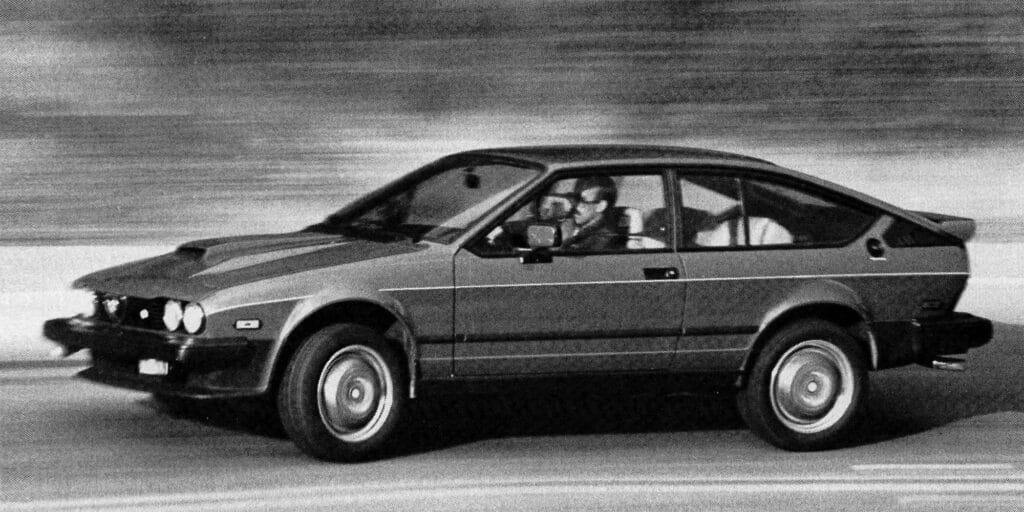
- Sporty coupe design incorporating 4×98 bolt pattern for performance applications
- Standard wheel sizes ranged from 14×6 to 15×7 for balanced performance
- The pattern was chosen to maintain commonality with other Alfa Romeo models
- Enabled fitment of wider performance tires while maintaining the proper offset
- Compatible with both factory alloy and steel wheel options
4. Lancia Fulvia
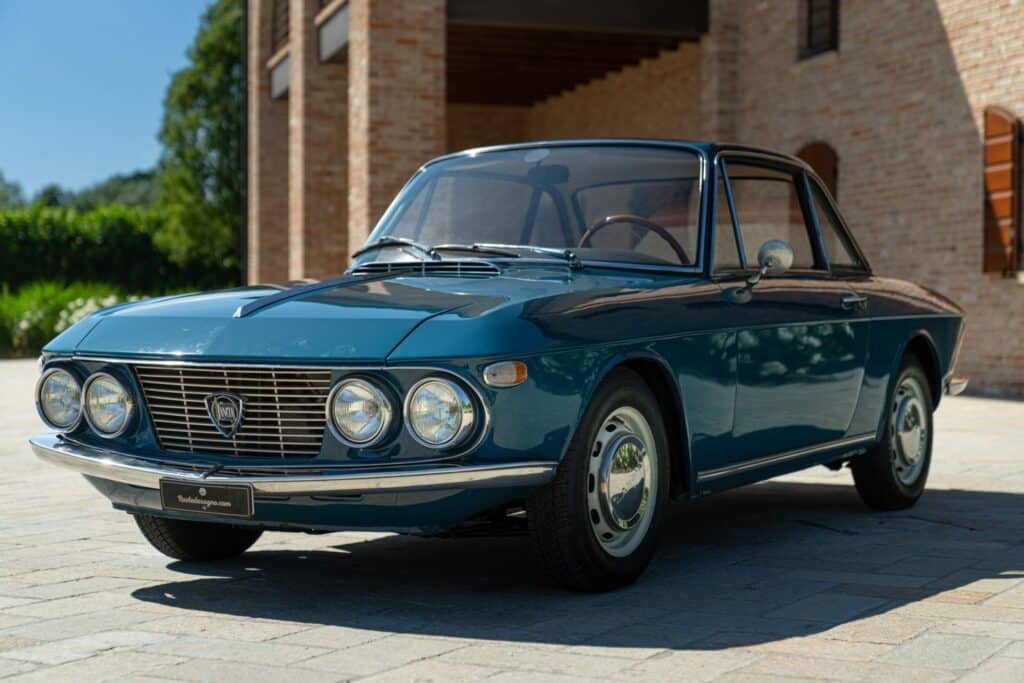
- Innovative front-wheel-drive sports car using 4×98 bolt pattern
- Original wheel sizes started at 13 inches for early models
- Pattern selected to optimize weight distribution and handling characteristics
- Shared wheel compatibility with other Lancia performance models
- The design allowed for easy upgrading to larger performance wheels while maintaining factory fitment
Conclusion
The 4×98 bolt pattern is a distinctive standard in European automotive design, especially for classic Italian vehicles.
This specification continues to influence wheel fitment decisions and vehicle modifications today.
Proper installation of 4×98 wheels demands precise attention to torque specifications (75-85 lb-ft), careful consideration of center bore measurements, and accurate wheel offset calculations.
For the best results and safety, consulting wheel fitment specialists before purchase ensures compatibility and performance.
Their expertise helps prevent costly mistakes and guarantees that new wheels enhance the style and driving mechanisms while maintaining safety standards.


